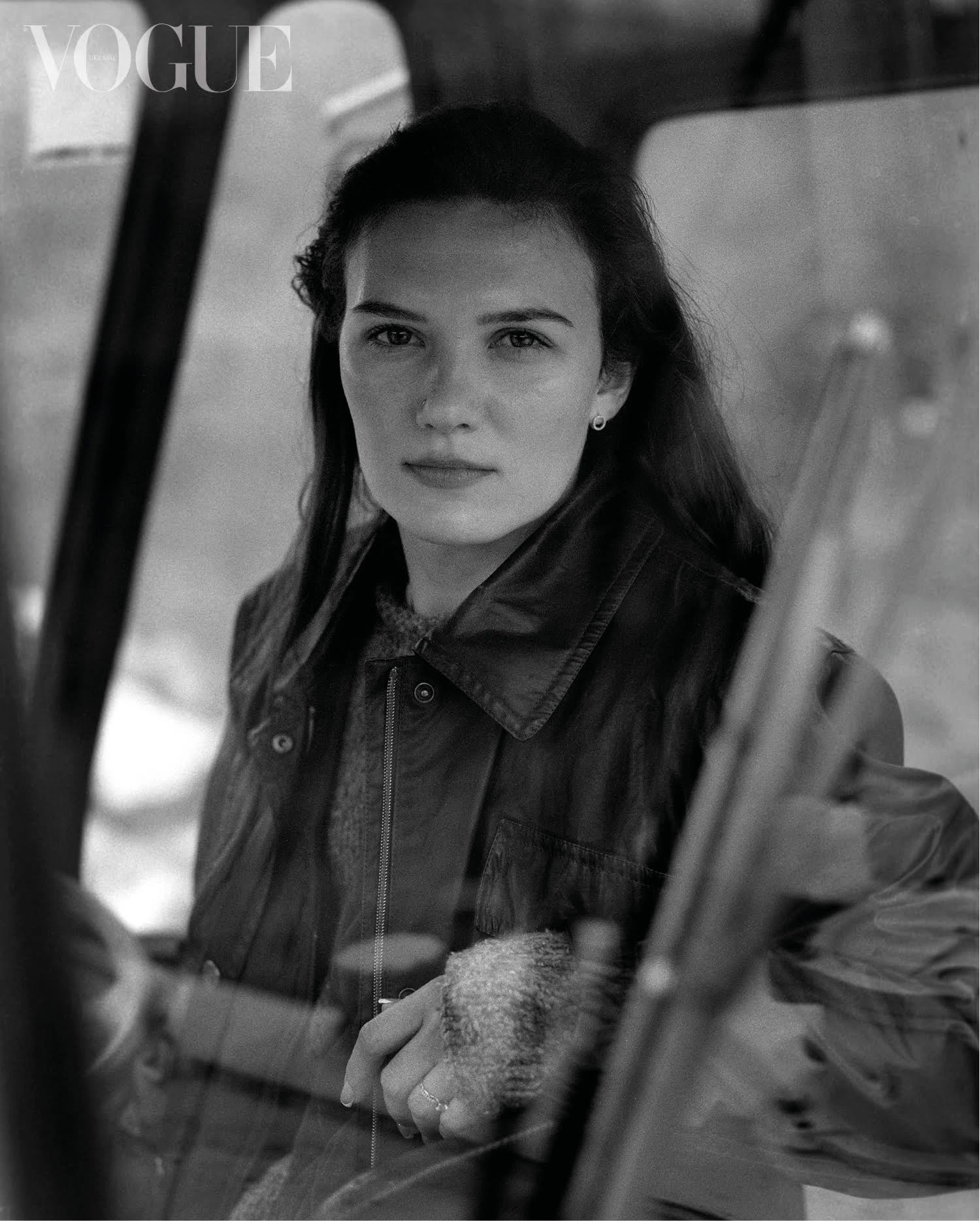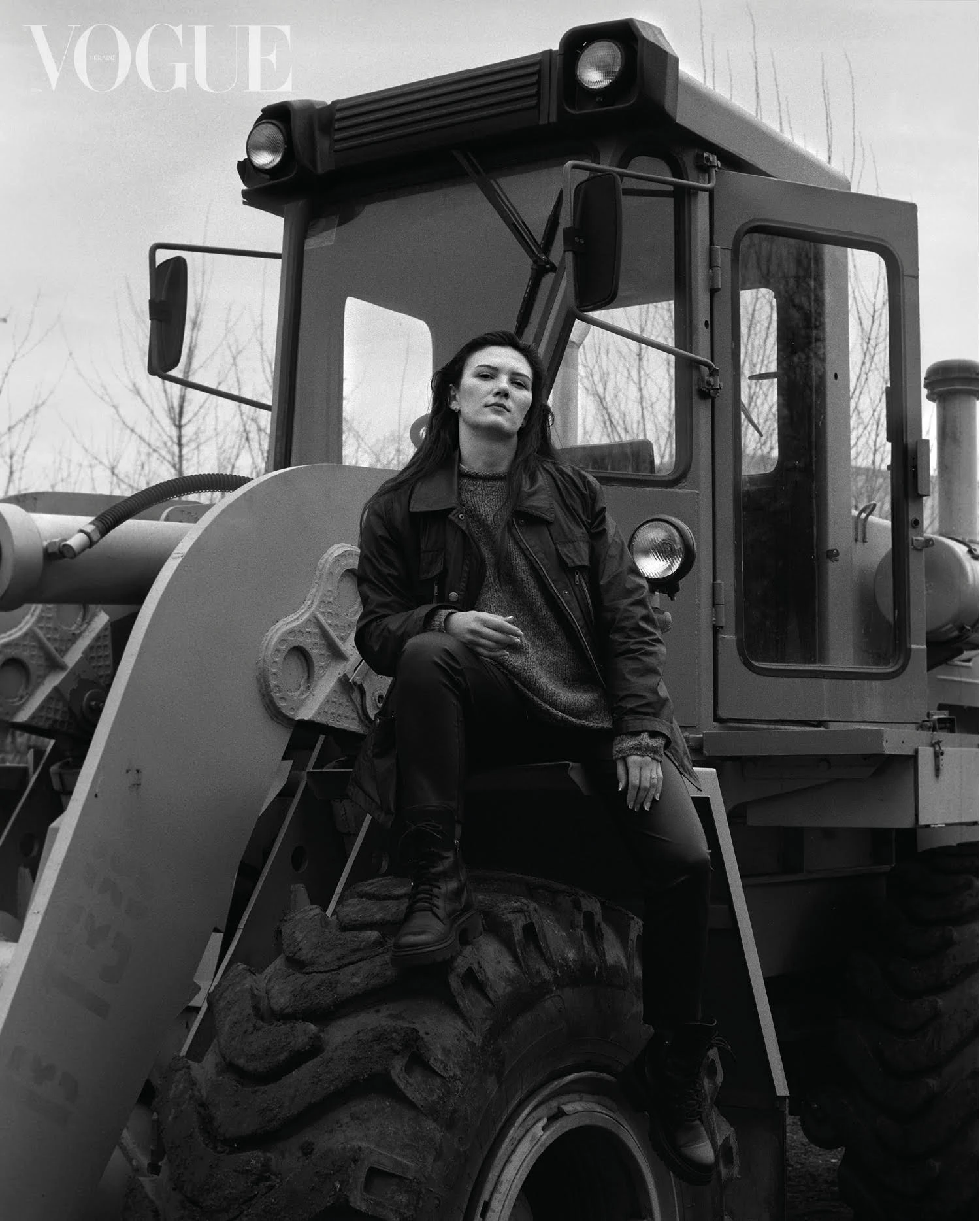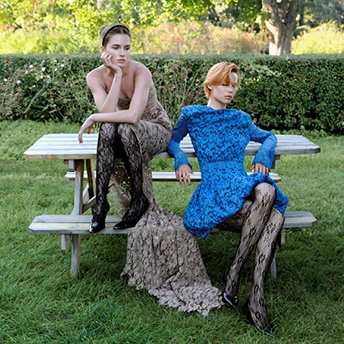Wind of Change: Women Overcoming Gender Stereotypes in Careers
Oksana Petlovniuk, tractor driver In March, Vogue Ukraine released its new Issue No. 9, featuring "Wind of Change." This project highlights women who are breaking gender stereotypes in their professional environment. For the first time in the magazine’s history, Vogue UA.
Oksana Petlovniuk (26), tractor driver
Oksana Petlovniuk comes from a family of Kherson farmers—her father, stepfather, and uncle all work the land. At just four years old, she was placed in the cab of a tractor and taken out to plough the fields near her native village of Novoraisk, on the right bank of the Dnipro River in the Kherson region. The girl would always fall asleep on the way,
lulled by the steady roar of the engine. When she was 15, her stepfather let her get behind the wheel for the first time. "As a teenager, I loved the harvest season—we mowed corn and sunflowers," Oksana says. "Our land around Novoraisk is very picturesque. Imagine summer, sunshine, and watermelons everywhere. Fieldwork has
always been a great pleasure for me."

Unfortunately, these days, she rarely gets the chance to work in her native Kherson fields. In February 2022, Novoraisk was occupied by Russian troops. After two months of occupation, Oksana fled with her 11-year-old sister and eventually settled in Bila Tserkva, where she still lives. Her loved ones remain in now-deoccupied Novoraisk. Her
father continues to take care of the family’s 24 acres of land, where they grow vegetables and fruit. Before the full-scale war, the family also sowed grains—wheat, barley, and sunflowers—on large fields. But even after its liberation in November 2022, the Berislavskyi district is still dangerous: much of the land is mined, and the villages on the right bank are still under mortar fire and aerial attacks with KAB bombs launched from the occupied left bank.
Last summer, Oksana visited her relatives and, for the first time since the start of the full-scale war, got behind the wheel of a tractor to help her father. Since the Petlovniuk family’s fields had been mined, he was working for a local farmer. "We harvested wheat, loaded it into trucks, and delivered it to the farmer," Oksana says. "It was a little scary—the fields had been demined, but the roads between them hadn’t. That’s when I realized how much I love this work—no matter what." As I write this, Oksana is taking her state exam to qualify as a tractor driver. For the past six months, she has been studying at the Center for Training, Retraining, and Advanced Training of Personnel in Bila Tserkva. The program, launched by the Ministry of Economy of Ukraine, is designed for internally displaced people—in particular, women ready to master new working-class professions that, before the full-scale invasion, were traditionally dominated by men. A tractor driver is one of them. According to Viktor Slyva, the Center’s director, the gender balance in these trades is expected to change significantly due to mobilization. Within a year or two, women may hold up to 40% of
the country’s working-class jobs.

In Ukraine, tractor driving has traditionally been considered a male profession—primarily due to the physical demands and long shifts in the fields. But this hasn’t stopped 26-year-old Oksana, a delicate brunette with long hair and a neatly kept manicure. Trained in transport technologies, she currently manages a team of drivers at a large company that transports grain across Ukraine and Europe. While her job is mostly office-based, she admits she’s eager to earn her tractor driver’s license so she can return to the fields and help her family as soon as possible. During the photo shoot for Vogue, Oksana showed off her skills behind the wheel of a front-end loader—an agricultural machine typically mounted on a tractor to transport everything from potatoes and beets to sand and cement. Afterward, we have lunch at a nearby restaurant. Oksana pulls out her phone to show us her TikTok, where she has around two thousand followers and occasionally posts videos of herself driving. She started filming them while she was still studying, hoping to inspire other women and prove that "driving a tractor is exciting and not nearly as hard as it might seem."
"Driving a tractor is actually a lot like driving a regular car," Oksana explains. "There’s a gearbox, a handbrake, and you start it the same way—with a key. First gear, second gear, and off you go!" What impress her most is the size. "I’ve loved big machines since I was a teenager," she says. "A regular car just isn’t as interesting: you can drive it
everywhere, but with a truck, you need real skill to handle it." When I bring up gender in the profession, Oksana just shrugs as if the question doesn’t quite make sense. She grew up surrounded by men, manages men, and has never felt that working in transport technologies was somehow unfeminine. "In our Kherson region," she says, "people always said that fieldwork was a man’s job. But now, sadly, there just aren’t enough men: most have been mobilized. So it's time to step in and help the country."
Photo: Vasylyna Vrublevska
Text: Daria Slobodyanik
















